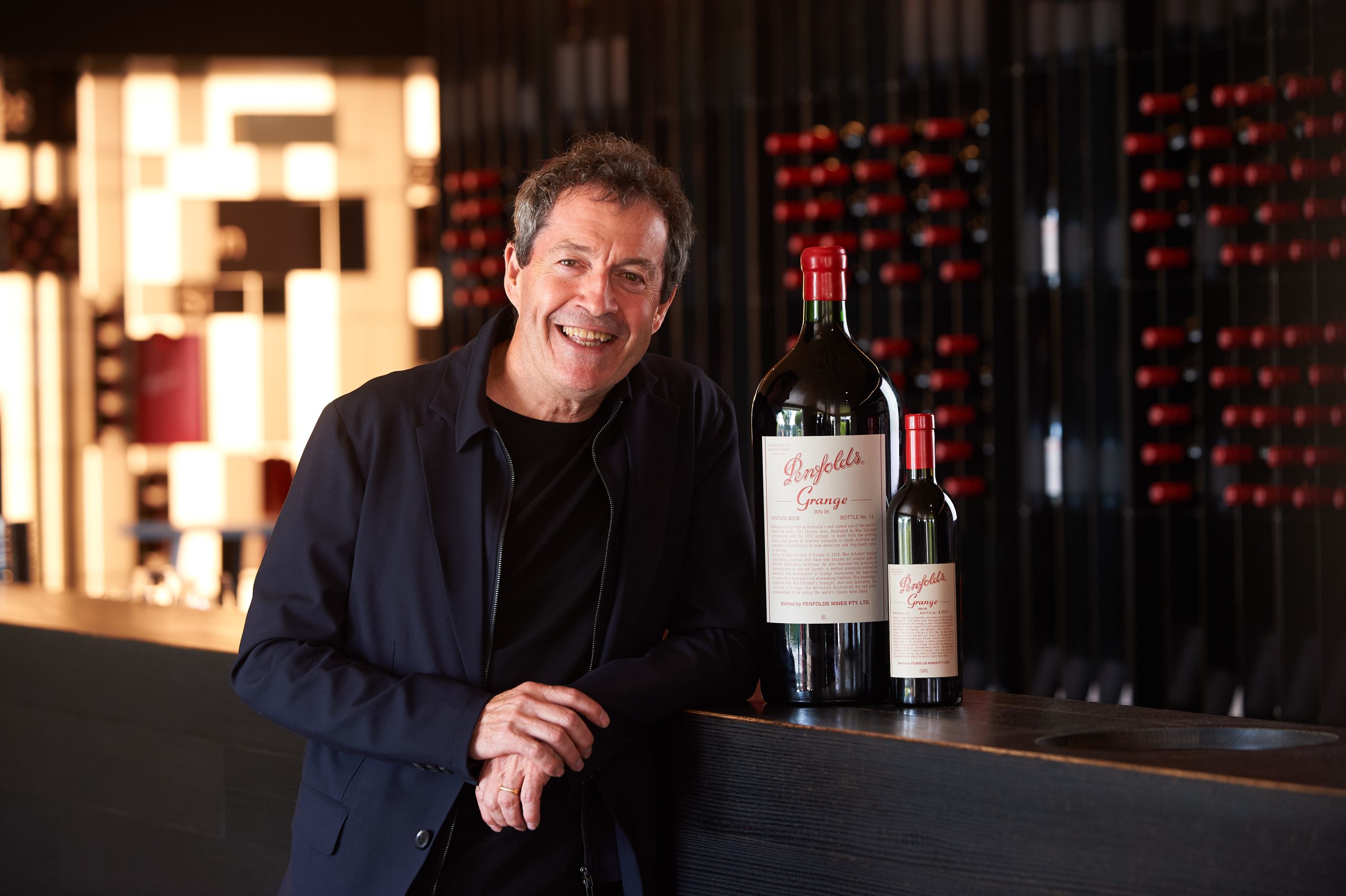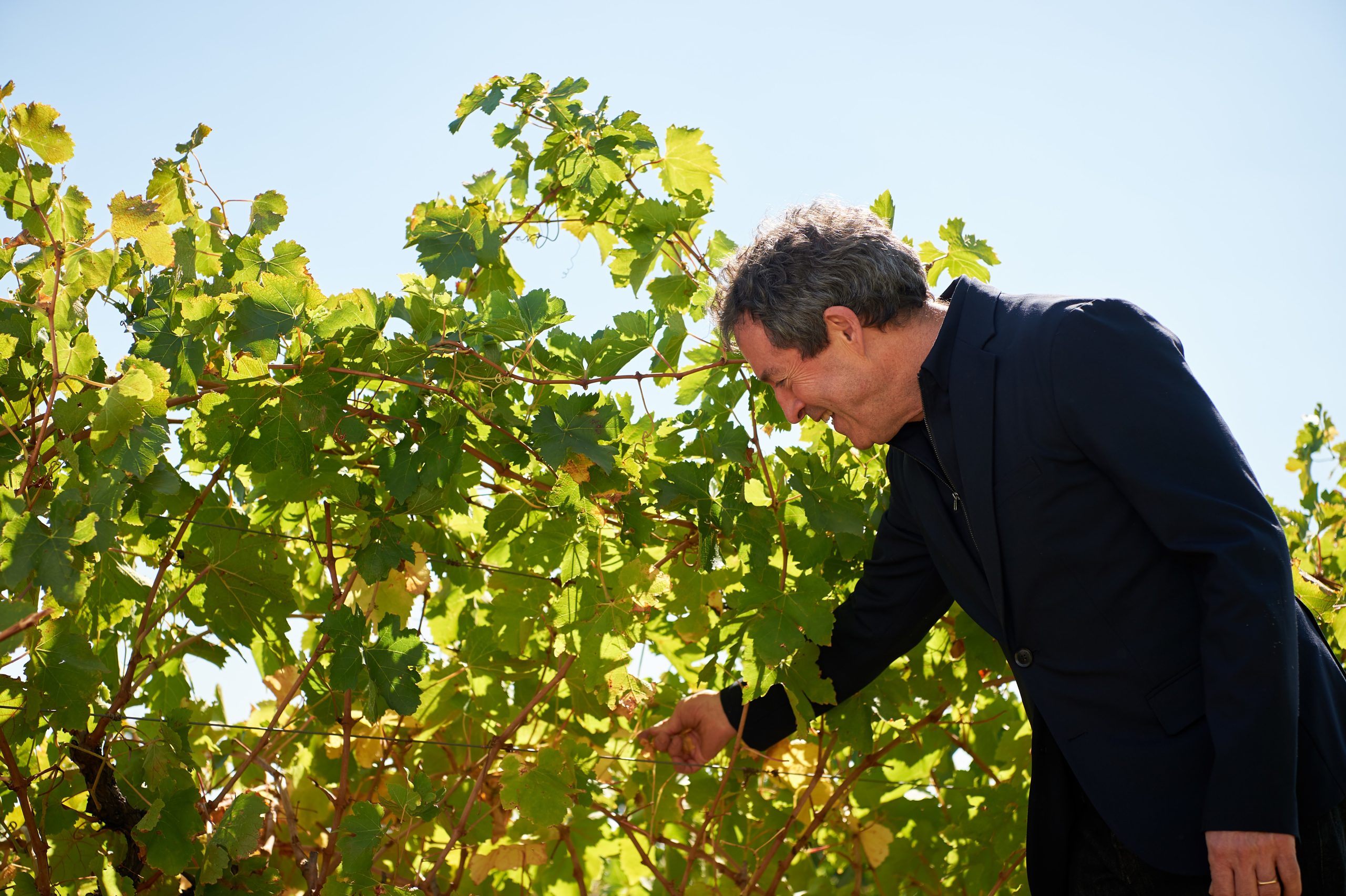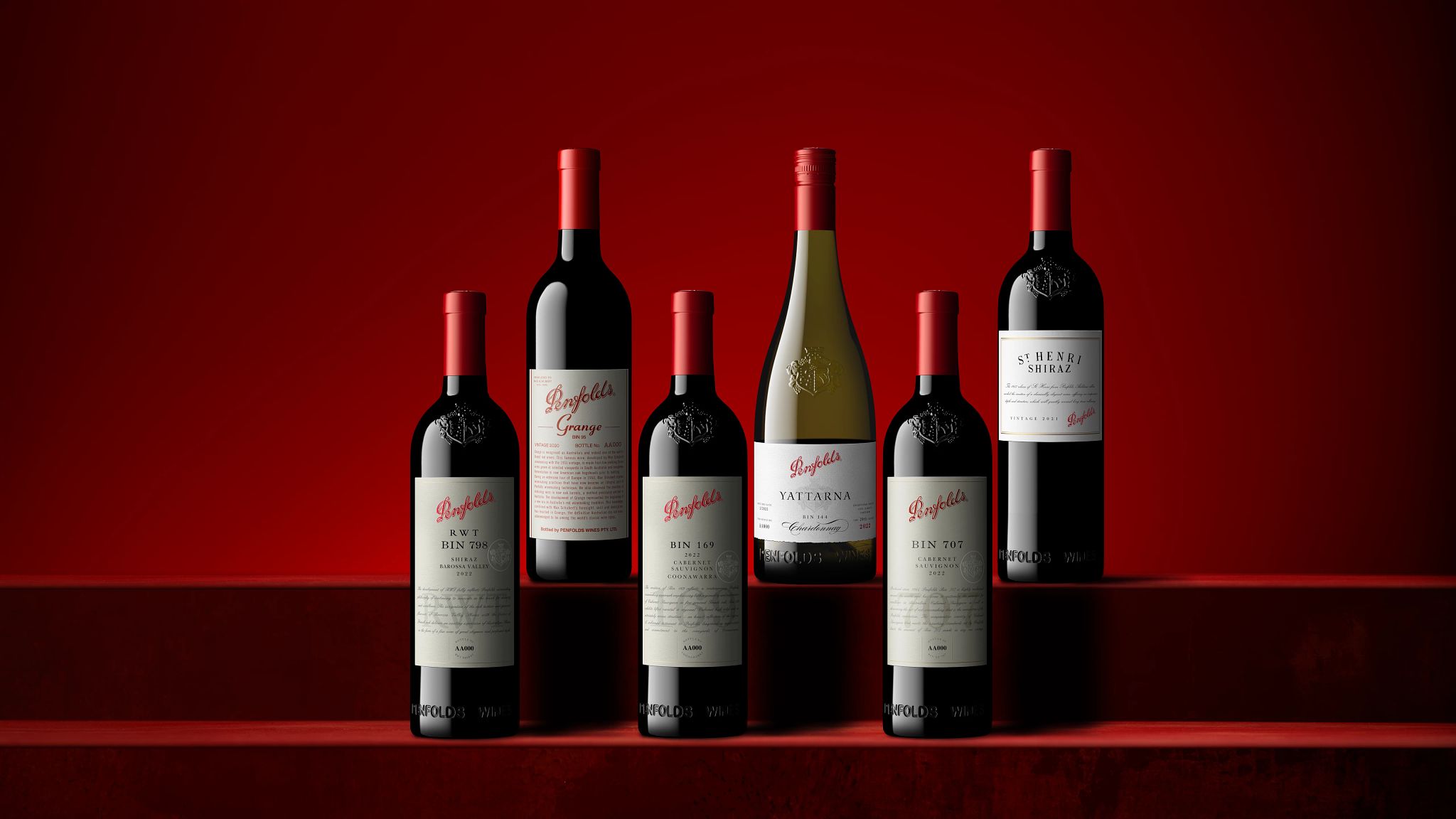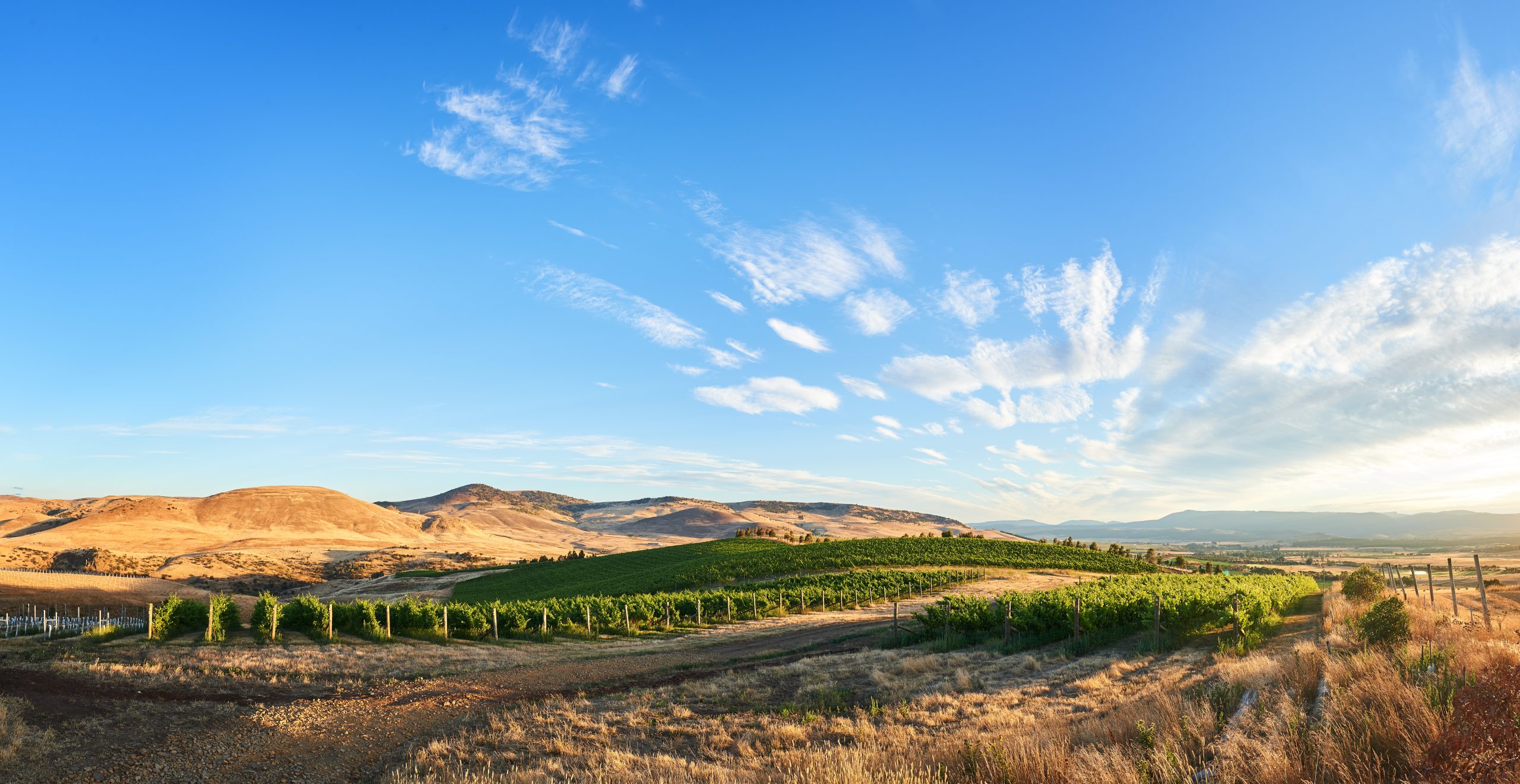“Pursuing the ‘what ifs’” in Penfolds’ approach to fine winemaking
As Penfolds’ most prestigious wines are released across EMEA exclusively with La Place de Bordeaux, chief winemaker Peter Gago tells db how the art of blending from across regions is at the heart of its ‘Icon & Luxury’ wines.

The precedent for pushing boundaries in blending extends far back in Penfolds’ 180-year history. Indeed, from its 19th Century founders to its succession of innovative chief winemakers, a pioneering mindset has been an ever-present feature of the Penfolds DNA.
In its earliest days, that was quite literal pioneering. Emigrating from the UK in 1844, Dr. Christopher and Mrs. Mary Penfold were in the first wave of South Australia’s European settlers. They bought 500 acres of undeveloped land in Magill, now a suburb of Adelaide. With them, they brought a vision – to make wines using European vine cuttings, under the South Australian sunshine and in its ancient, local soils.
Without prior experience of the climate and soils, the couple had to learn by trial and error. They grew a variety of crops, as well as planting vines for the production of tonics, brandies and still wines. Their popularity, and production, boomed: by Mary Penfold’s retirement in 1884, the winery was producing one third of South Australia’s output.
In this early period, defined by leaps into the unknown, one figure embodied the pioneering mindset more than any other. Following the death of her husband in 1870, Mary Penfold not only ran the house and educated her daughter, but she also managed the winery. In an era in which women could not own property, she cut a forthright figure, and in a recurring theme for the winery, she also recognised the importance of blending. According to a newspaper report of 1874, she oversaw blending ‘not in conformity with any fixed and definite rule but entirely according to her judgement and taste.’

Blending for quality
Two threads from that era – the uncompromising approach and a high value placed on blending – continue at Penfolds to this day. While many fine wines hone in on a single variety in a single vineyard from a single vintage, Penfolds takes a different approach. It has, for decades, blended varieties and regions in pursuit of expressions that are unique, even if sourced from a wide area.
“We have ‘stylistic templates’ of each blend, invariably benefitting from decades of refinement and acuity that illuminate the way,” explains Peter Gago, chief winemaker at Penfolds since 2002. The process of blending is complex, guided by annual blind-tastings following harvests. Learning that roadmap – “an experiential and mentored understanding of what fits and optimises each blend” – therefore might take years. However, it gives the winemaking team the confidence both to protect the Penfolds legacy and to experiment and push boundaries.
Innovative blending is seen throughout the Penfolds range, including with its most prestigious wines, known collectively as the ‘Icon & Luxury’ Penfolds Collection. These include internationally accoladed wines such as Yattarna Bin 144 Chardonnay, St Henri Shiraz, Bin 707 Cabernet Sauvignon and of course, Penfolds Grange, a wine of such repute globally that it has even been made a Heritage Icon of South Australia by the local government. While many fine wine producers in celebrated winemaking regions select fruit from a single prestigious vineyard for their top wines, Penfolds takes a different approach, selecting only the very finest fruit from across vineyards, even regions, choosing only fruit with the right character to achieve the ‘Penfolds House Style’ upon blending. Identifying these characteristics is a skill that has been learned and honed by Penfolds winemakers over the years.
Partner Content

customers in EMEA on La Place de Bordeaux from Monday 9th September.
The vineyards are an eclectic collection of sites, each offering unique attributes to a blend. South Australia, and particularly the regions close to Adelaide, are well represented in Penfolds’ top releases: Adelaide Hills, Barossa Valley, Eden Valley and Coonawarra in particular. Many of them take advantage of Penfolds’ long history. The Kalimna Vineyard in Barossa Valley, for instance, has a plot that dates back to 1888 and is thought to contain the world’s oldest continuously producing Cabernet Sauvignon vines. The company’s original Magill Estate vineyard, a mere 20 minutes from Adelaide CBD, still sometimes contributes fruit to Grange.
Each vineyard might bring something different to the blend. Taking Cabernet Sauvignon as an example, the heavy clays in Barossa produce very different grapes to the limestone soils of Coonawarra, and the blending of each may vary according to the needs of the vintage. Penfolds, unusually, resists the same dogmatic sourcing every year in favour of flexibility. “The sourcing depends upon each label’s lofty expectations,” explains Gago, “and the three Cs: collectability, cellarability and credibility.”
Pursuing the ‘what ifs’
Under Gago’s guiding hand, Penfolds continues to make new experimental blends that upend many preconceptions of fine wine. Although still guided by its fundamental values of outstanding quality and House Style, Penfolds is now creating blends that span regions, vintages and in some instances even blend between continents.
To some degree, that should not be a surprise. Gago describes the role of chief winemaker as “a custodian role, with a legacy endowed with inherited vision, innovation, courage and wisdom”. Yet that inheritance is not limiting. If anything, it provokes the kind of bold winemaking for which Penfolds is making a name. “Pushing boundaries is mandated at Penfolds,” he explains. “Remaining true to a fine wine journey (in terms of quality, style and innovation) is consistent with trialling and pursuing the ‘what ifs’.”

Those ‘what ifs’ have led to an increasingly open approach to fruit sourcing. As well as its ‘homeland’ regions in South Australia, the winemaking team uses vineyards in other states to achieve its finely balanced Penfolds House Style. For instance, the Yattarna Bin 144 Chardonnay, the producer’s most prestigious white wine, blends in high-altitude vineyards from Tumbarumba, New South Wales and cool sites from Tasmania. Blending at Penfolds can even span years as well as regions. Gago has experimented with multi-vintage bottlings: the g3, released in 2017, was assembled from three vintages of Grange, incorporating the 2008, 2012 and 2014 vintages.
In fine wine circles, some might unfairly dismiss such bottlings as curiosities or fads, but Gago is unapologetic for their potential. “Niche interest invariably catalyses the ‘next new thing,’ he explains. “Blending should invoke new interest and a genuine synergy, with a real and compelling story, a raison d’être.”
More than two decades into his tenure, Gago still finds himself open to new possibilities. The phrase ‘never say never’ is his common refrain, and the experimental itch still gives him great pleasure. “We have so many clones, soils, climates and cultures with which to dabble,” he says. “How lucky.”
Related news
Seña and Penfolds Grange head up this week's La Place releases




